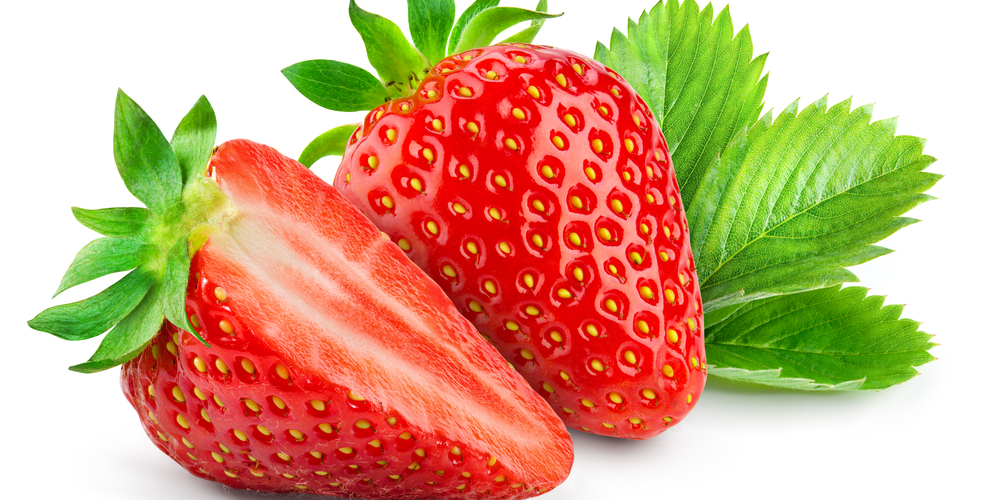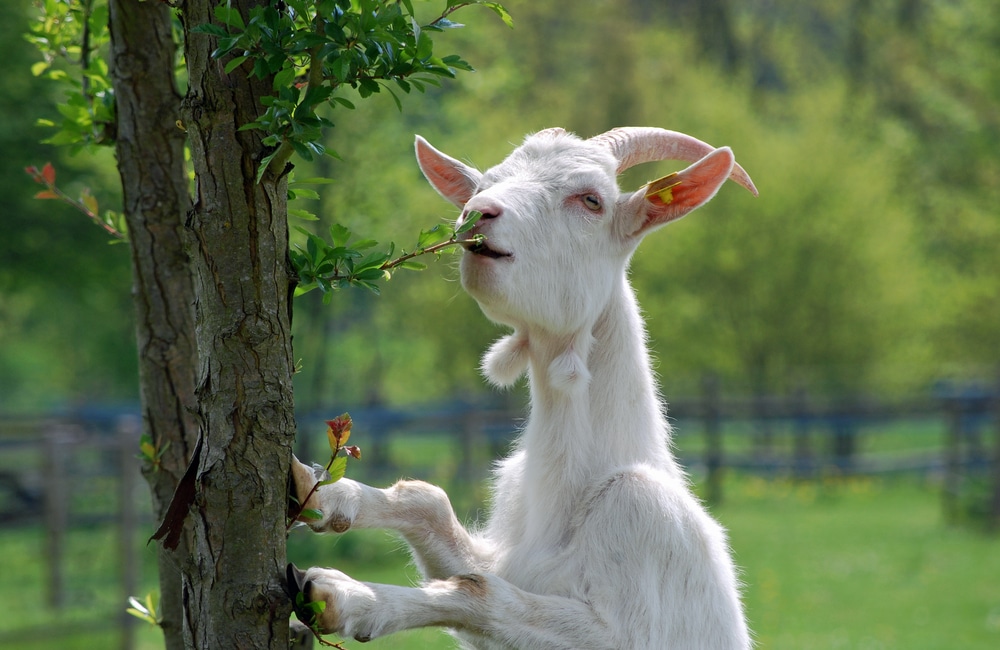Strawberries are a beloved fruit not only among humans but also across a variety of animal species. The sweet fragrance and bright red color signal a tempting treat for various creatures found in gardens and the wild.
While strawberry enthusiasts take pleasure in nurturing their berry patches with care, they often face the challenge of protecting their juicy produce from the animal kingdom’s own set of strawberry aficionados.
The allure of strawberries brings a diverse array of wildlife to gardens. These animals range from small insects to larger mammals, all drawn in by the nutritional rewards these fruits offer.
Identifying the different species that may be feasting on strawberries is crucial for gardeners looking to safeguard their crops.
Moreover, understanding how domestic animals interact with strawberry plants can be helpful for pet owners who cultivate berries at home.
Key Takeaways
- Animals from insects to mammals enjoy eating strawberries.
- Knowing which species eat strawberries helps protect crops.
- Awareness of domestic animals’ interaction with strawberries is important for pet owners with gardens.
General Dietary Habits of Animals
In examining the dietary habits of animals, two significant aspects are their fruit consumption patterns and their roles within ecosystem diets.
These factors are crucial in understanding the nuances of animal feeding behaviors and preferences.
Fruit Consumption Patterns
Certain animals exhibit a specific inclination toward fruit, including strawberries, as a vital part of their diet.
Birds, squirrels, raccoons, deer, and rabbits are known for their frequent consumption of various fruits.
They often choose fruits like strawberries for their nutritional value, particularly the sugars and vitamins. However, fruit intake must be moderated among these animals to prevent adverse effects on their health due to excess sugar.
- Bearded Dragons: While not all animals eat fruits regularly, bearded dragons consume fruits like strawberries to obtain calcium, although only in moderation due to the fruit’s sugar content.
- Turtles: These opportunistic omnivores consume an array of foods, including fruits such as strawberries, when available.
Dietary Roles in Ecosystems
The animals that partake in fruit consumption also play pivotal roles in their ecosystems. They can serve as seed dispersers, which aids in the propagation of various fruit-bearing plants, like strawberries.
Through their feeding habits, they contribute to maintaining the balance and health of their habitats.
- Seed Dispersal: Animals like birds and squirrels may help spread seeds through their droppings after consuming fruits, thus supporting plant biodiversity.
- Population Control: Predation and food selection by these animals can influence the populations of certain plant species and maintain ecological equilibrium.
Wildlife Species Known to Eat Strawberries
Strawberries lure a variety of wildlife species due to their bright color and sweet taste, providing both a nutritious snack and a burst of energy for different animals.
Mammals
Raccoons: These opportunistic feeders don’t hesitate to snatch strawberries from gardens, valuing them for their sweetness and nutritional content.
Squirrels: Agile and resourceful, squirrels are commonly seen feasting on strawberries, often taking advantage of garden crops or wild sources.
Deer: Known for their diverse diet, deer partake in strawberries, typically consuming them directly from their natural habitat or occasionally from gardens.
Rabbits: Fond of fruits and vegetables alike, rabbits enjoy strawberries and may often be spotted eating them where they grow.
Birds
Birds exhibit varied dietary preferences, but several species have been observed enjoying strawberries in their environment.
The consumption of strawberries by birds can happen either in the wild or in domestic spaces where strawberries are grown. Here are a few:
- Songbirds: Many small songbirds enjoy the juicy fruit and may visit gardens or wild patches to feed on strawberries.
- Robins: As ground foragers, robins often eat strawberries, pecking them right off the plant.
Domestic Animals and Strawberries
When considering domestic animals’ diets, it’s essential to discern between different types of domestic animals, such as livestock and pets, and their relationship with strawberries.
These relationships can range from beneficial to potentially harmful, depending on the species and amount consumed.
Livestock
Cows: Generally not fed strawberries as a primary food source, but they might consume them without issues if strawberries are mixed into their feed in small quantities.
Pigs: They have a versatile diet and may eat strawberries, but these should be given as a treat rather than a staple due to sugar content.
Chickens: Known to peck at fruit; strawberries can serve as occasional treats.
Goats and Sheep: Can consume strawberries; however, farmers should limit the intake to avoid digestive issues and ensure a balanced diet.
Pets
Cats: Typically show little to no interest in strawberries as they’re obligate carnivores and might lack the taste receptors for sweets.
Dogs: Generally safe to eat strawberries in moderation. They provide fiber and vitamins, but excess amounts can lead to gastrointestinal upset.
Rabbits: Strawberries can be offered as an occasional treat, and pet owners should ensure they don’t replace essential parts of the rabbit’s diet with fruit.
Guinea Pigs: Safe in moderation, strawberries are a source of Vitamin C for guinea pigs, which cannot produce this vitamin naturally.
Hamsters: Can enjoy strawberries in small quantities as a treat, but their main diet should consist of high-quality hamster food to maintain health.
Frequently Asked Questions
This section addresses common inquires regarding animals and their consumption of strawberries, offering insight into pet safety and prevention methods against garden pests.
Which wildlife species are known to consume strawberry fruits?
Wildlife species such as birds, including the American robin and crow, as well as mammals like deer and squirrels, are known to eat strawberries. These animals are often attracted to gardens where strawberries are grown.
Is it safe for domestic dogs to have strawberries as a part of their diet?
Strawberries are safe for dogs to consume in moderation. They can be a healthy treat due to their vitamin C and fiber content, but the natural sugars in strawberries mean they should be given to dogs in limited quantities.
What measures can be taken to safeguard strawberry plants from garden pests?
To protect strawberry plants from pests such as slugs, snails, and insects, gardeners can use physical barriers like netting or floating row covers.
Additionally, maintaining a clean garden by removing debris and unwanted weeds can help minimize pest infestations.
Are strawberries part of a bear’s natural diet?
Bears are omnivores and their diet can include strawberries when they are in season. However, strawberries are not a significant part of their diet and are typically consumed opportunistically when available.
How does one identify nocturnal creatures that are eating strawberries from the garden?
Identifying nocturnal creatures can be done by looking for signs such as tracks, droppings, or partially eaten fruit.
Installing motion-activated cameras in the garden can also capture images of the animals feeding at night.
Do commonly found garden rodents such as rabbits and squirrels feed on strawberries?
Garden rodents such as rabbits and squirrels do feed on strawberries. They are attracted to the ripe fruit and can often be seen foraging in gardens where strawberries are not adequately protected.



